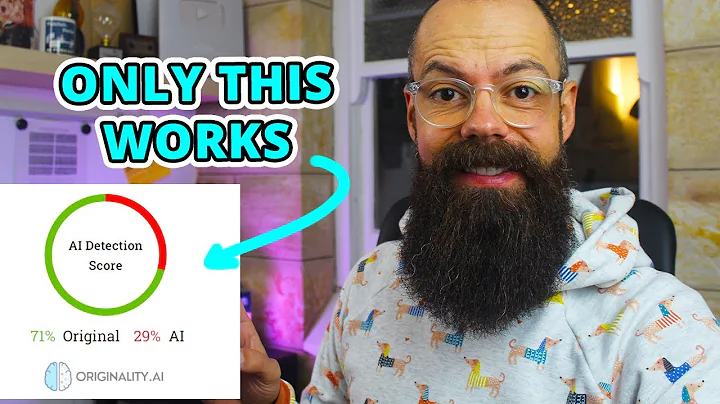
Today, there’s an ongoing debate about the enduring significance of non-fungible tokens (NFTs), with some questioning if they are merely a passing trend. However, the reality is that these digital tokens hold immense potential as they adapt and grow alongside advancing technology trends. Platforms like Chainers are instrumental in this progression, offering innovative solutions and broadening the scope of NFT applications. In this article, we’ll explore the emergence of NFTs and the future outlook.
How Do NFTs Work?
NFTs are digital assets stored on a blockchain—a decentralized public ledger tracking transactions. Each NFT possesses distinct identification codes, setting them apart from one another. With these codes, it's easy to validate token ownership and make transfers between owners.
The value of NFTs relies on market forces like supply and demand, and they're traded in marketplaces much like physical assets. These tokens represent digital assets like artworks, songs, virtual real estate, and more. Many investors see NFTs as a potential method to diversify their portfolios or hedge against inflation.
The Peak of NFTs
There was a remarkable surge in NFT popularity in 2022, propelled by influential figures in the art world, the internet, crypto enthusiasts, and investors. Many sold NFTs in the form of images, memes, art illustrations, and a host of other digital creations. But, of course, with great hype comes great criticism.
A significant point during the NFT evolution occurred when the then Twitter CEO Jack Dorsey auctioned off his inaugural tweet as an NFT for an astounding $2.9 million. This remarkable event signaled the start of a trend where people started turning digital assets with sentimental or cultural significance into NFTs. Many attracted interest from collectors and investors and made tremendous gains from their sales.
However, the most notable moment of the NFT craze happened when a famous digital artist named Beeple sold his artwork for a whopping $69.3 million. This broke all the old records for selling digital art and showed just how much NFTs could change the art world.
The Decline in NFT's Significance
Just as NFTs stormed the crypto world and surged in value, so did its hype and value drop dramatically. After reaching its highest point, the NFT market took a big dip, dropping prices by nearly 70 percent. This unexpected decline was caused by several things, including:
- Market Oversaturation: New projects and collections flooded the NFT market, causing it to expand rapidly. The result was an oversaturation of tokens, which diminished their worth drastically. Because there were so many similar NFTs, they didn't feel as special or rare, so their prices went down.
- Lack of Intrinsic Value: Perceptions of NFTs' inherent value were another major problem. While investors and collectors were eager to own them, some folks believed that NFTs didn't really have any actual value. That's because the digital stuff they represented could usually be copied or found somewhere else quickly.
- Speculative Nature: Most of the NFT market was fueled by people hoping to profit from it rather than those who cared about digital art or collectibles—this excitement around making money led to price inflation. When people started feeling unsure about the market, many investors rushed to sell their NFTs, causing values to decrease dramatically.
- Regulatory Concerns: In 2022, NFTs came under increased scrutiny from governments and regulatory agencies worldwide. As a result, the market became even more unpredictable as buyers and sellers worried over possible legal and tax implications.
- Environmental Concerns: Another major reason for NFTs fall in popularity was because of environmental concerns. The energy usage linked to blockchain networks, particularly those employing Proof-of-Work (PoW) consensus mechanisms, has sparked concern. There was a noticeable decline in the popularity of NFTs as people became more conscious of the environmental impact they caused.
Why NFTs Are Here to Stay
It's no surprise that some folks call NFTs a passing trend. All the buzz around them can be a bit overwhelming. However, that doesn't mean they're going away for good. It's crucial to remember that whenever there's a new and exciting tech breakthrough, there's usually a dip in interest after the initial excitement.
Currently, the NFT market is broadening its horizons beyond just digital art. It's moving into other areas like decentralized finance (DeFi) and gaming. In these sectors, NFTs are more commonly utilized as collateral for cryptocurrency loans and incorporated into play-to-earn (P2E) games.
Additionally, NFTs are penetrating many domains, including the entertainment industry, sports, the fashion industry, e-commerce, virtual worlds, and supply chain management, among others. Big businesses are driving this diversity by learning from the success of early users of NFTs, such as Reddit and Nike, who increased consumer engagement.
Regarding market growth, the future of NFTs looks promising. According to analyst predictions, the NFT market might expand at a compound annual growth rate (CAGR) of 9.10% and be valued at $3.369 billion by 2029.
Final Thoughts
NFTs have been a noteworthy development in recent years. They defied expectations, stretched limits, and sparked curiosity around the globe. However, the NFT online world is going through a maturing and transitional phase. Its diversification into new markets, together with developments in technology and environmental awareness, puts it in a position to flourish and possibly regain importance.




































